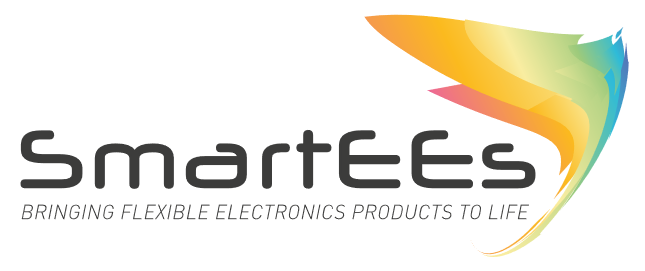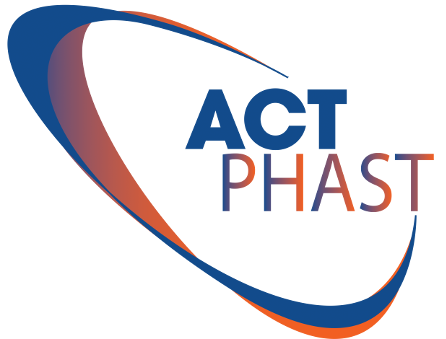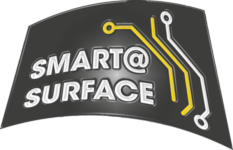
|

|
|
Current Projects
HYDROPTICS will develop a set of integrated sensors, making use of advanced photonics subsystems,
aimed at optimising the processes of the oil industry. The device will be validated in real industrial settings,
for oil extraction and oil refining processes. The HYDROPTICS platform will perform:
1) oil in water measurements, 2) corrosion inhibitor concentration measurements,
3) oil droplets and suspended solids in water measurements, 4) industrial process optimisation,
based on simulation of processes through digital twins, as well as data assimilation from the readings
coming from the sensors.
The final HYDROPTICS platform will be tested in both upstream (oil extraction) and downstream
(oil processing) industrial processes, in order to validate the sensors, and fine-tune the algorithms
that regard process optimisation of said industrial processes.
SEER aims to develop smart self-monitoring composite tools, able to measure process and material parameters
and, thus, to provide real-time process control with unprecedented reliability. SEER consortium will achieve this
by: 1) developing miniature photonic sensors, 2) embedding those sensors in the tool with through-the-thickness
techniques which minimise alteration of the structural integrity of the tool itself and 3) optimising the
manufacturing control system through the implementation of a prototype process monitoring, optimisation,
and process control unit.
Worldwide, cervical cancer is the 4th most common cancer in women. The ELEVATE project sets a multidisciplinary team comprising
manufacturers and experts from Europe and the Community of Latin American and Caribbean States, to improve the global adequacy
and coverage of cervical cancer screening, particularly to specific populations of women that by not being regularly screened
(hard-to-reach populations) are at higher-risk to develop cervical cancer. In ELEVATE it is proposed to conduct social science
investigations to identify
hard-to-reach women in Belgium, Brazil, Ecuador and Portugal, to address their barriers to screening and to design strategies
to make primary screening more accessible to them, and therefore, contribute to reduce the global burden of cervical cancer.
This will be complemented with fundamental and technological research to develop an efficient and marketable test for the
combined genomic and proteomic detection of high-risk HPV infections in those populations. The test will be made portable,
low-cost, compatible with self-sampling, point-of-care and generate rapid and easy-to-understand results, without relying
on electrical outlets or trained health personnel.
I-CART: Individual Capturing of Thermal Risks.
Choosing orthotics as a test case, the i2AFO project will develop a technology platform for the fabrication of
3D smart objects. The intelligent instrumented ankle foot orthosis (i2AFO) created will feature a flexible,
stretchable polymer matrix. This matrix will contain sensors and other electronics to monitor and analyze
the deformation of the AFO and hence the movement of a patient’s foot and ankle. The resulting analysis
can then be utilized to create a more effective patient specific holistic therapy program for walking problems.
The consortium will also develop energy-efficient software enabling cloud-based processing of data gathered
from the smart AFO, providing feedback and monitoring to the patient and therapy team.
With the rise of the Internet of Things, consumers increasingly expect to be connected to their devices and
personal items over the internet. There is plenty of opportunity for the luggage industry to capitalize on
this trend. Smart suitcases – connected to the internet and equipped with sensors – can enhance the
travel experience and streamline the processes of stakeholders along the travel industry value chain.
That’s exactly what the SMART SUITCASE project intends to develop.
See-through head-mounted displays (HDM) impose a virtual image over a user’s view of the real world
without blocking it. The smartGLAZ project will investigate how a transparent HMD – consisting of an
optical engine, a lightguide and diffractive optics – can be integrated onto the visor of a motorcycle
helmet.
The massLIFT consortium aims to design and demonstrate a novel high-speed laser transfer
printing process formass transfer and assembly of small semiconductor chips. This can lead
to new and more cost-effective applications of the technology in various domains.
High density interconnect (HDI) printed circuit boards (PCBs) and associated assemblies are essential to allow space projects to benefit from the ever increasing complexity and functionality of modern integrated circuits. The combination of a high number of I/Os with a reduced pitch places additional demands onto the PCB, requiring the use of laser drilled microvias, high aspect ratio core vias and small track width and spacing. While the associated advanced manufacturing processes have been widely used in commercial, automotive, medical and military applications; reconciling these advancements in capability with the reliability requirements for space remains a challenge. The goal of the project is to design, evaluate and qualify HDI PCBs that are capable of providing a platform for assembly and the routing of small pitch AAD for space projects. The assembly of HDI components on HDI PCBs will be verified and test methodology for the assessment of the reliability of the HDI technology will be developed. |
|
All Current & Finished ProjectsYou can find a table with all current and finished projects on this page. |






